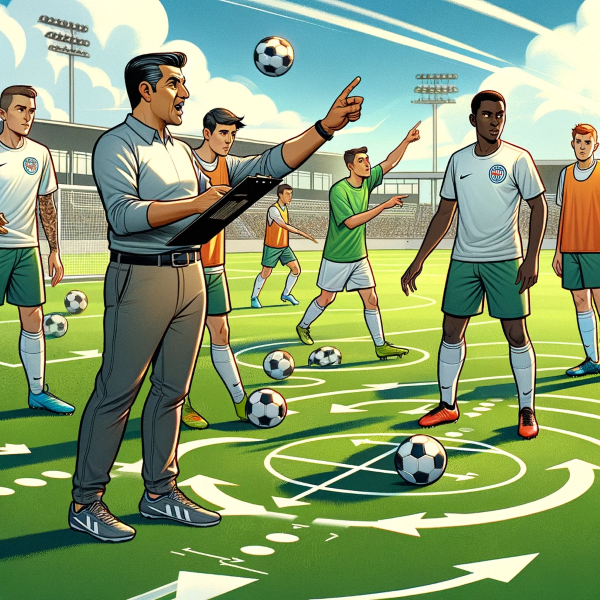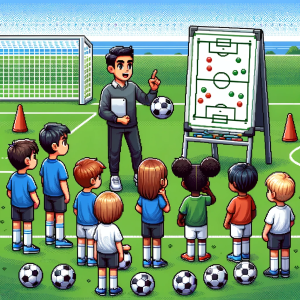
Mastering Throw-Ins
As a soccer coach or enthusiast, you might have overlooked the strategic importance of throw-ins. This blog post delves into a comprehensive study conducted on La Liga teams during the 2021–2022 season, revealing crucial insights into the tactical nuances of throw-ins and their impact on the game.
The Study’s Essence
Researchers meticulously analyzed 2,658 throw-ins from 80 matches using advanced observation tools and statistical methods. Their goal? To pinpoint the tactical indicators influencing the outcome of throw-ins and understand how situational variables like match status or team quality affect their effectiveness.
Why Should Coaches Care?
- Quick and Unpressured Throws: Fast throw-ins, especially those executed without opposition pressure, significantly increase the likelihood of retaining possession.
- Short and Backward Strategy: Throw-ins that are short and directed backward are more likely to maintain possession, although they might not directly lead to goal-scoring opportunities.
- Zone Matters: Throw-ins from the defensive zone often result in losing possession, highlighting the need for strategic positioning.
- Timing is Crucial: The study indicates specific periods during a match when throw-ins are more likely to be successful, particularly in the last 15 minutes.
- Team Quality and Match Status: The effectiveness of throw-ins is also influenced by the team’s overall quality and the current match status, with certain strategies becoming more effective when trailing in the score.
Implications for Coaches
Armed with these insights, coaches can:
- Develop specific training drills focusing on quick, short, and backward throw-ins.
- Instruct players on the strategic positioning during throw-ins based on the match situation.
- Emphasize the importance of throw-ins during game preparations, especially in crucial match phases.
Conclusion
This study sheds light on the often-underestimated set piece of throw-ins in soccer. By incorporating these tactical insights, coaches can turn throw-ins into a strategic advantage, potentially influencing the game’s outcome.


